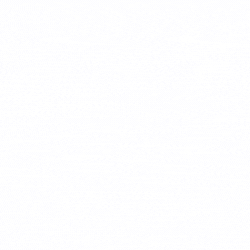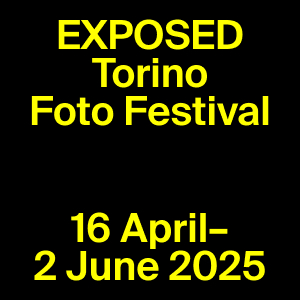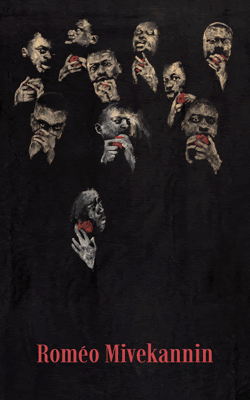
From November 6 to January 10 Castello di Rivoli hosts Interiors, a new video installation by Rachel Rose, winner of illy Present Future 2014 Prize / Artissima 2015.
The site-specific piece, curated by Marianna Vecellio, situates Rose’s video A Minute Ago (2014) in response to a characteristic large semi-circular window, replicating its shape and dimensions in order to create a dynamic connection with Castello’s exhibition space. The space between the video and the window is activated by a Cosmic Latte carpet, which amplifies the natural light filtering in from the outside.
Matteo Mottin in conversation with Rachel Rose.
ATP: I see your projects as poetic enhanced bonds between the body of the viewer and the exhibition space. Is there a particular connection between this video installation and the architecture of Castello di Rivoli?
Rachel Rose: One of the central materials I considered in A Minute Ago is glass, and the Castello di Rivoli has such a specific architecture of glass. I positioned the video opposite a semi circular window.
ATP: So you basically saw this particular window and you decided to do the installation there. You’ve worked with windows in installations both at the Serpentine and the Whitney, too…
RR: Yes, it’s a compressed space, so you yourself between the video projected and the window to the outside. At the Serpentine the windows are open, all the natural light flows alongside the projected videos. At the Whitney, Everything and More is projected on a semi-transparent screen in front of a wall of windows. This means that any time there is black in the video, the scrim is translucent, revealing the outside. Any time there are white or brights in the video, the scrim is opaque, putting you back in the perspective of watching. You oscillate between feeling grounded and aware of your present place in the museum, in New York City, and feeling that weightlessness that you experience when you’re viewing.
ATP: I know your projects require long periods of research. In an interview you said that it takes you up to one year to make one single project. I’d like to know how you started this project and how you collected informations. What’s your path from the research materials all the way to the final artwork?
RR: Usually a project starts with a subtle internal feeling or question. I use the work to think about that feeling and connect it to things in time. Then I start a kind of research path, to see what links. This happens through reading, visiting different sites, interviewing, trying to latch that feeling onto specifics. The next stage is actually filming and collecting those materials, and then editing, which for me is like writing. Editing has its own logic, and every cut or tempo of the image needs to reflect back to the internal feeling that the project started with. I also think about where it’s going to be shown; about how I can condition the light of projection, architecture, scale, sound, and the position of the viewer to the original feeling and to the structure of the edit.
ATP: So these two different states in a way reflect also on the way you collect the materials for your research and how you then work on them.
RR: In the case of the project for the Whitney, it was really important that I interviewed this astronaut myself, I feel I want to process all the material. I can’t just know something, I want to feel it. But I do also use appropriated things, like that hail storm in A Minute Ago, and it usually comes out of necessity. I know what I need and I don’t have a way of shooting it. Even with this material, I always end up touching, editing and reconfiguring it.
ATP: How did your interest in the connections between perception and cinematic experience come about?
RR: I am very inspired by Walter Murch, a film editor who also wrote “In The Blink of An Eye”, in part about how the rate at which the film is cut indicates something about how the body moves and makes decisions, for example how we blink, which also says something about our feeling.











